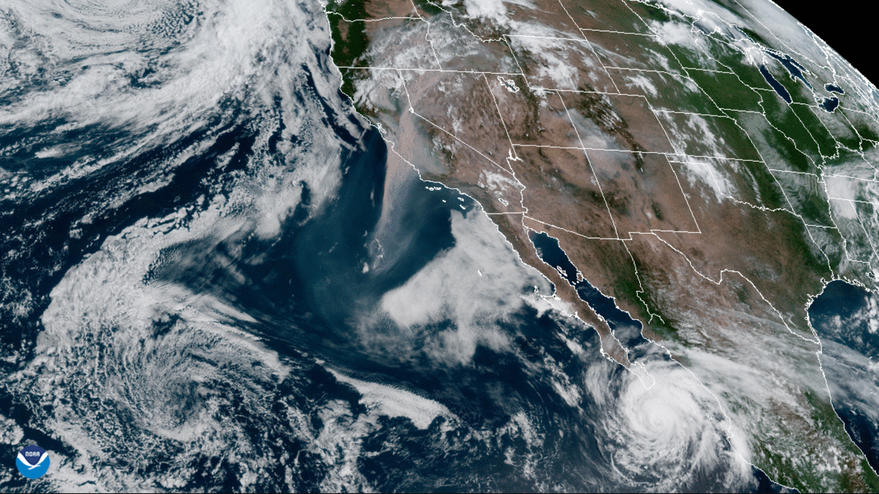SAN FRANCISCO – The National Oceanic and Atmospheric Administration announced plans June 25 to move its geostationary weather satellite scheduled to launch in December into an operational role “as soon as possible.”
NOAA’s Geostationary Operational Environmental Satellite, GOES-T, will replace the GOES-17 satellite in the GOES West position because of problems with the satellite’s main instrument, the Advanced Baseline Imager (ABI), according to a NOAA news release.
Within months of launching the GOES-17 satellite in 2018, NOAA discovered a blockage in ABI’s loop heat pipe that restricted the flow of coolant and caused the instrument to overheat. Engineers were able to mitigate the problems, but the resulting fixes decreased the satellite’s lifespan.
To prevent similar issues with the two remaining satellites in the GOES-R Series, ABI manufacturer L3Harris Technologies redesigned ABI’s thermal management system.
After launch, NOAA will rename the GOES-T satellite GOES-18. Then, the agency plans to spend two weeks ensuring GOES-T systems perform as expected before moving it into an operational role.
GOES-16 and -17, known as GOES-R and GOES-S prior to launch, are the first two satellites in the four-satellite GOES-R series. NOAA continuously observes the United States, Mexico, Central America, South America, the Caribbean and much of the Pacific and Atlantic Oceans with two satellites working in tandem in the GOES East and GOES West orbital slots. The satellites provide extensive data for daily weather forecasts as well as alerts for storms, wildfires, fog and other hazards.
